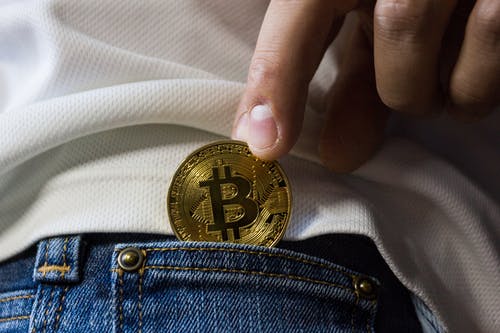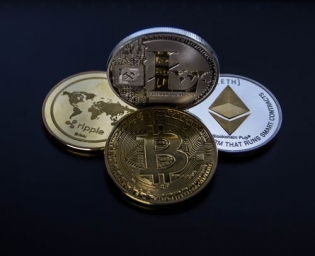Find out everything you need to know about Bitcoin virtual currency, history, features, pros and cons.
What's this?
The Bitcoin is introduced in 2009 as a virtual currency. Under the pseudonym Satoshi Nakamoto, it was introduced by few hackers. Bitcoin does not have a central bank behind it like other currencies that distributes new money but is fundamentally based on two principles: a network of nodes, ie PCs, which manage it in a distributed, peer-to-peer manner; and the use of strong encryption to validate and secure transactions. Bitcoins available on the net are 21 million while those actually in circulation are around 9 million. Bitcoin's value went from 0 (in 2009) to 1200 dollars (the peak of last November). According to the Financial Times, total exchanges reached $ 10 billion against $ 150 million a year earlier.
How to use
In order to buy Bitcoin you need to open a wallet / virtual account after which you need to connect to the numerous sites that offer virtual currency in exchange for money by means of - bank to bank transfer and carious cards). Here is how to trade bitcoin.
You can also try bitcoin trading apps like the bitcoin storm app
Pros and cons
Pros:
- Simple and fast use;
- low transaction costs.
Cons:
- Possible collapse of the evaluation;
- Operator reliability.
insurance
Being virtual money Bitcoin can be stolen (for example from a hacker attack) or lost (malfunction of the PC hard disk). A London company offers a Bitcoin insurance coverage tool. The offer includes a sort of "safe" that protects against hackers and which is also covered by insurance.
There are those who say no
The Chinese government has banned banks from using Bitcoin for their exchanges, to prevent money laundering risks and defend financial stability. No restrictions however for exchanges between private individuals. China is the first Bitcoin market with 35% of all world traffic. Since last October, the search engine baidu.com has decided to accept virtual currency as a payment method for various online security services.

The European Union approves with reservations
The EU Directive 2018/843 of the European Parliament officially recognized cryptocurrencies, however establishing that all providers of digital wallet services will have to apply systematic checks on their customers to end the anonymity regime associated with virtual currencies.
Jerome Powell (Fed) sees long-term benefits, but also risks
Fed President Jerome Powell, while talking about long-term opportunities with regards to Bitcoin, in particular regarding the innovation of a faster, more efficient and safer payment system, warns investors of possible risks resulting from the lack of an intrinsic value of cryptocurrencies.
Financial glossary - bitcoin
Definition
Bitcoin is a cryptocurrency, therefore a virtual currency, based on blockchain technology. It is the most widespread digital currency in the world since it was created in 2009 by one or more hackers known under the pseudonym of Satoshi Nakamoto.
Insights
Bitcoin is a digital currency based on blockchain technology and completely foreign to the traditional circuits of the world central banks. This virtual currency has a relatively controlled issue and is stored in digital wallets that can send or receive it. The system adopted by Bitcoin is extremely anonymous and, A publically shared register mechanism exists at the base of the peer-to-peer exchange that is at the basis of the system, in practice each operator is only with an ID, with possible risks in terms of recycling and evasion. In the past, reference has been made to Bitcoin, with a capital letter, to indicate the physical network of nodes that make up the monetary system that allows the exchange of bitcoins.
Bitcoin Gold
In addition to the problem of the size of the block itself, the community also had dilemmas about mining itself. It was in particular the problem of centralization and the equipment used to perform the PoW algorithm. Currently, graphics cards (GPUs) and more specialized devices called ASICs are used to mine cryptocurrencies. On October 24, 2017, another idea arose to get rid of miners using ASIC and go back to digging on graphics cards. So another fork called Bitcoin Gold was created. He changed the PoW algorithm, which began using equihash instead of SHA-256. The main difference provided by the new algorithm is more powerful use of RAM.








